#100 BCE
Text
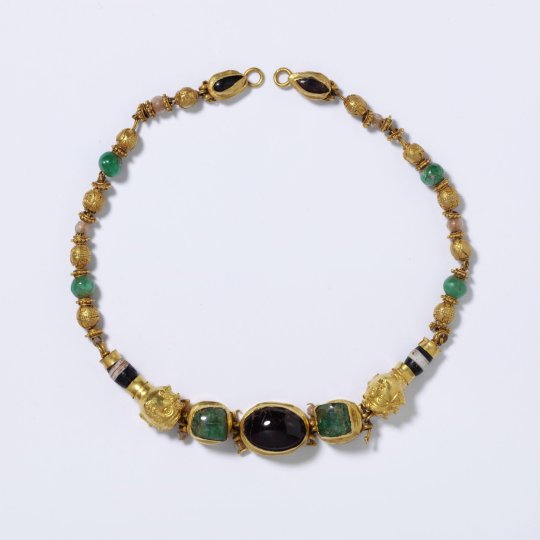
Necklace, made with gold, garnet, emerald, glass, and pearl, Greece, 200 - 100 BCE
From the Victoria and Albert Museum
#necklace#jewellery#fashion#fashion history#accessories#greek#ancient greece#ancient greek#200 bce#100 bce#bce
28 notes
·
View notes
Text
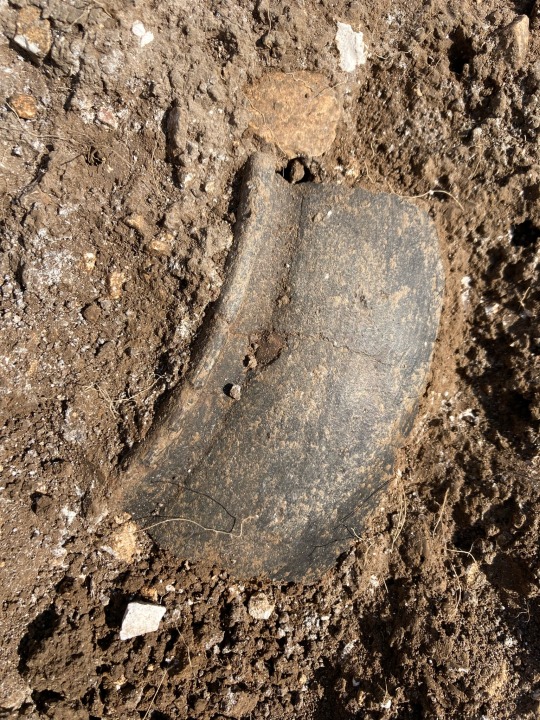
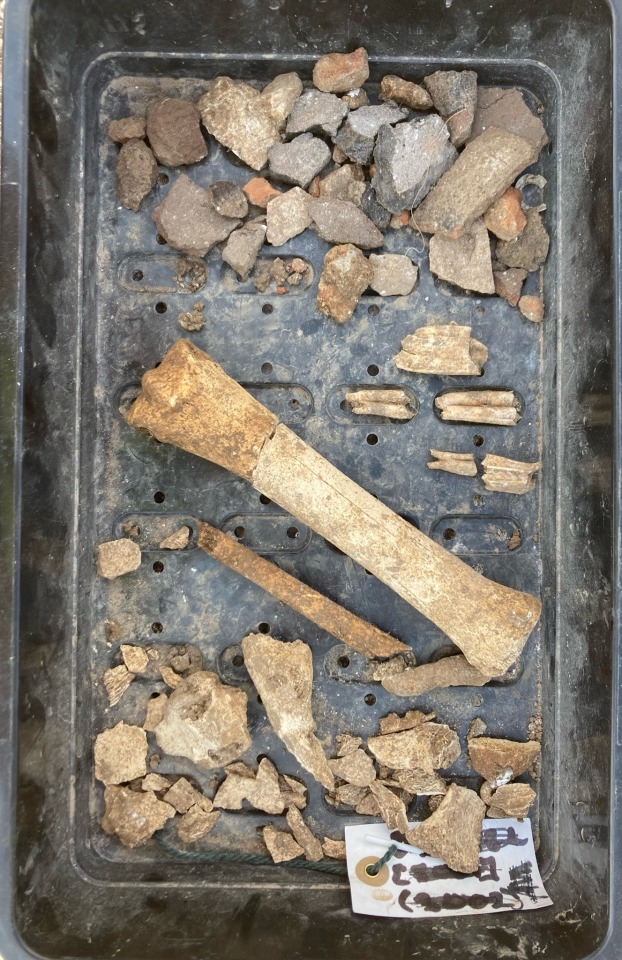
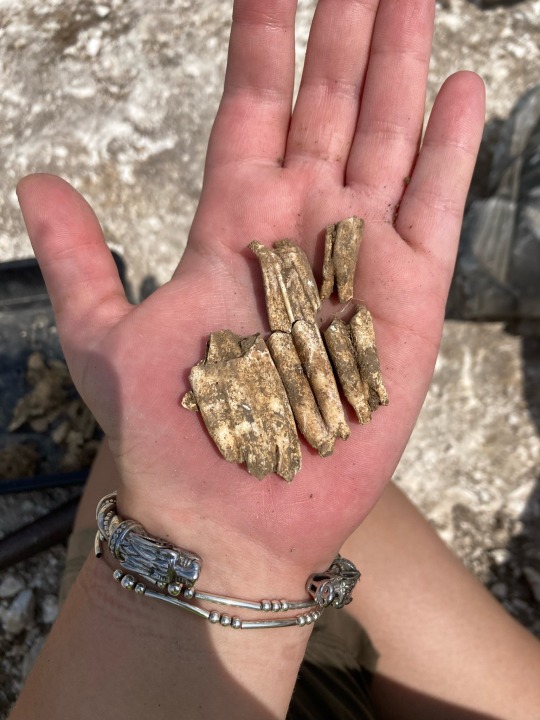





Durotriges ‘23
#archaeology#archeology#bournemouth uni#iron age#iron age society#iron age hillfort#durotriges#durotriges iron age#durotriges tribe#duropolis#dorset#100 BCE#durotriges big dig#BU big dig#bournemouth archaeology#my finds#all photos are mine
1 note
·
View note
Text







………..sorry
#can you imagine what it was like to be a gay girl in 100 bce#jesus christ#the last days of judas iscariot#will never not be thinking ab it#you cannot feel betrayed without feeling love or whatever#web weaving#quotes#play#intertextuality#hotd#house of the dragon#alicent hightower#rhaenyra targaryen#rhaenicent#parallels#game of thrones#got#asoiaf
247 notes
·
View notes
Text
I must draw young Solomon with dark hair. I must turn the tide.
10 notes
·
View notes
Text
trying to research historical vietnamese clothing lead me down a rabbit hole i wasn't prepared for
#by which i mean i see a lot of people claiming that the vietnamese and the koreans 'stole' chinese hanfu#a few of those people had chinese flags in their usernames or bios but all the comments im talking about are in english#for clarity's sake#they're like posting pictures of old vietnamese and korean art along with chinese art and pointing out the similarities in the clothes#while saying shit like 'the thieving viets stole chinese culture!!'#admittedly im not an expert on east and south east asian history#and i know there's bad blood between them#but i *do* know that china occupied vietnam and korea at different points in their histories#and in vietnam's case it happened in the han dynasty which was like 200 BC to 250 CE#(but not throughout that entire era)#and in both countries china had such a strong influence in the politics and culture#like vietnam used chinese hanzi for writing since the han dynasty and in korea#the chinese language has influenced the korean language since like 100 bce#i mean most korean surnames are classified as sino-korean in origin#i just don't think you can accuse nations of stealing a culture that's been a huge influence on theirs for thousands of years#mickey.txt
2 notes
·
View notes
Text
Bao Gu (l鮑姑), was a Chinese Taoist physician. She is the daughter of accomplished Taoist practitioner and governor Bao Jing and the wife of Ge Hong who is the author of Baopuzi. She is also known as one of the famous four female physicians in Chinese history, along with Zhang Xiaoniang of Northern Song dynasty, Yi Xu of the Western Han dynasty, and Tan Yunxian, who was active during the Ming dynasty. She was active during the Eastern Jin dynasty.
Zhang Xiaoniang (11th century), was a Chinese physician. She is known as one of the famous four female physicians in Chinese history, along with Yi Jia of Western Han dynasty, Gu Bao of the Jin dynasty and Tan Yunxian, who was active during the Ming dynasty. She was active during the reign of Emperor Renzong of Song.
Yi Jia (Yi Xu, 2nd century BC), was a Chinese physician. She is known as one of the famous four female physicians in Chinese history, along with Zhang Xiaoniang of Northern Song dynasty, Gu Bao of the Jin dynasty and Tan Yunxian, who was active during the Ming dynasty. She was active during the reign of Emperor Wu of Han.
Tan Yunxian (Chinese: 談允賢; 1461–1554) was a Chinese physician during the Ming dynasty in China.
#medicine#women in history#inspired by max dashu’s twitter post#bao gu#zhang xiaoniang#yi xu#tan yunxian#1400s#1000s#300s#asia#east asia#china#100s bce
2 notes
·
View notes
Text

#Explaination for why I have posted 0 of my drabble attempts#I refuse to post anything until it gets 100+ reactions#Which can't possibly happen unless I post it#🤷♀️ makes sense to me#writing#writerscommunity#Error Writes#bce#bookcluberror#fanficerror#ffe#creative writing#fan fiction#fan fic writing#fan fic stuff#drafts#first draft#rough draft
0 notes
Text

Mosaic of sea creatures (the so-called "Fish Catalog") from the House of the Geometric Mosaics (VIII.2.16) at Pompeii. Artist unknown; ca. 100 BCE. Now in the Museo Archeologico Nazionale, Naples. Photo credit: Massimo Finizio.
#classics#tagamemnon#Ancient Rome#Pompeii#art#art history#ancient art#Roman art#Ancient Roman art#mosaic#sea creatures#NAM Naples
2K notes
·
View notes
Text
I love reading the tags on the polls, the time period one is just people pointing out different definitions for the chronological framework (also fyi, Viking Age is not part of the medieval period where I’m studying!), and the underrated life poll is people just chanting or info bombing about mostly lichen (and I’m SO here for it!!)
#ansolutely love this#and everyone is obviously in their own right to have different definitions of the chronology#I just didn’t feel like defining all of it which is 100% my fault but ehh did not see the need#now I see that definitions do differ a lot though! and it’s teaching me quite something#and I want to point out that the different periods do not have global dates. they are more narrow periodic classifications#so the Neolithic might start 8000 BCE some places and 4000 BCE other places#tag chaos#own post
1 note
·
View note
Text
Greek sculptors of the 5th century BCE were the first named artists whose fame in their own time was matched by their subsequent reputation.
1 note
·
View note
Text

Gold and garnet necklace, Greek, 200 - 100 BCE
From the Victoria and Albert Museum
#necklace#jewellery#fashion#fashion history#history#accessory#greek#ancient greece#ancient greek#200 bce#100 bce#bce
12 notes
·
View notes
Text

mosaic floor, 130-150 B.C.
0 notes
Note
I realize you don't like doing actual real people, but in honour of the date, what about Gaius Julius Caesar (100 BCE - 44 BCE) the Tumblr stabby boy?
You had me at "the Tumblr stabby boy" as if he didn't already get duper duper stabbed in real life also, as well as on the stage. But no, he's ours now.
So okay. We say Jonathan Harker ignores red flags, but like, a soothsayer bids Caesar beware the Ides of March, and our buddy Julius says "no 😌" Like the thing he's famous for (today at least) is ignoring warnings shouted at him by weirdos as he passes by. (By contrast when Jonathan is told to beware Castle Dracula - in much less clear terms, mind - his response is more on the order of "y tho?" at which point everyone suddenly stops being able to speak German. They are not the same).
The other main character trait he has, in the play at least, is arrogance. That's why they stab him all those times. The fear is that he's going to make himself King - Brutus says Caesar was ambitious, and Brutus is an honorable man. All through those early scenes, his advisors are advising him to maybe chill a bit, and he's just like "😎 haters gonna hate" about it - and then is genuinely surprised when they do. My guy...
Julius Caesar thinks he's All That, he thinks he's untouchable, he thinks he's a god. They may bond over stories of conquest but he's not going to take anyone's warning seriously or give Dracula the respect or deference he demands. And even if Dracula is baffled by his +7 shift ciphers (which he may be if he hasn't read the Dancing Men yet) it'll only make him angry. No matter his high opinion of himself, at the end of the day he bleeds like any other man, whether you're stabbing him 33 times on the senate floor or seeing if he really does have kisses enough for everyone.
Also apparently his horse had human toes instead of hooves, which is super freaky and I don't like it. It's not relevant in any way (or, in all likelihood, true) but I thought you should know.
Julius Caesar, the Tumblr stabby boy, at least as depicted by ol' Billy Shakes, can not survive Castle Dracula. And now we know where the Roman coins in Dracula's pile came from.
#julius caesar#shakespeare#classics#royalty#now as depicted in Asterix maybe we get a different outcome who knows#yeah Caesar used the same +7 shift cypher for everything and it worked because nobody could read in the first place#the history of cryptography is wild
454 notes
·
View notes
Text
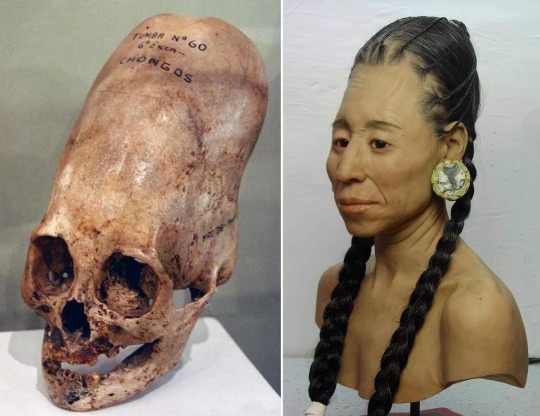
One of the hundreds of elongated skulls that were discovered in 1928 at Paracas Peninsula in Peru. Cranial deformation was practiced by the Paracas civilization (800-100 BCE) by tightly wrapping the head in cloth, during the first few years of life, in order to elongate the cranium
Blog: https://thetravelbible.com/mysterious-archaeological-finds/
648 notes
·
View notes
Text
Ancient Necklace with Mosaic Glass Beads, from the Eastern Mediterranean, c.100 BCE-100 CE: this necklace is composed of 30 glass beads, most of which are decorated with stylized faces

From the John Paul Getty Museum:
The beads are made of multi-colored opaque glass and are decorated with heads and floral designs. The necklace is in good condition; some beads are chipped or cracked.

The exact origin of this piece is unknown, but it can be traced back to the Eastern Mediterranean, where it was likely made by a Greek or Roman artist.
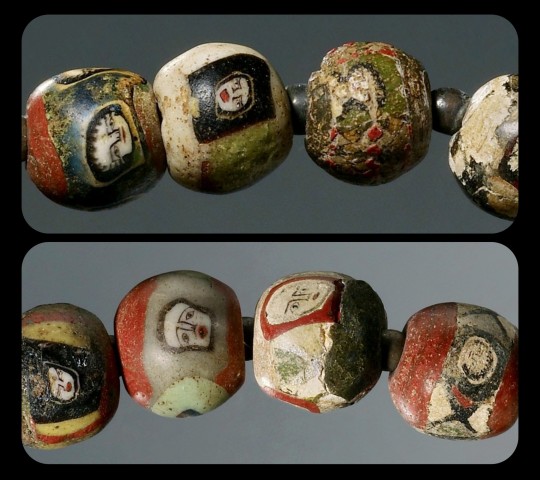
Each bead has a width of about 1.2cm (roughly half an inch); they're decorated with remarkably intricate details, and each face is depicted in its own unique style.

Sources & More Info:
John Paul Getty Museum: Necklace with Mosaic Glass Beads
#archaeology#artifact#history#ancient history#art#greek#roman#ancient art#antiquity#jewelry#beading#glass art#mosaic#crafting#greek art#roman art#eastern mediterranean#ancient#necklace#fashion#style#classical archaeology
259 notes
·
View notes
Text
Timeline of Occult Figures
Here is a non-exhaustive list of people you will likely come across in researching anything under Occultism.
These dates are not going to be 100% accurate because many of these folks have either lied about their age or for some reason or another we don't have solid records of them.
---
Pythagoras 570-490 BCE
Socrates 470-399 BCE
Plato 424/5-348/7 BCE
Aristotle 384-322 BCE
Apollonius of Tyana 15-97 CE
Pliny the Elder 23/24AD-79CE
Ptolemy 100CE-170CE
Galen 129-216CE
Zosimos of Panopolis ~beginning of the 4th century
Roger Bacon 1220-1292
Henry Agrippa 1486-1535
Nostradamus 1503-1566
John Dee 1527-1608
Paracelsus 1593-1608
Jacob Grimm 1785-1863
Eliphas Levi 1810-1875
Helena Blavatsky 1831-1891
A. E. Waite 1857-1942
Margaret Murray 1863-1963
Aleister Crowley 1875-1947
Gerald Gardner 1890-1946
Robert Graves 1895-1985
Austin Osman Spare 1886-1956
Scott Cunningham 1956-1993
---
This is a re-upload because I can't find the original post I made so any additions made on that post have been lost. Please let me know if you have suggestions!
214 notes
·
View notes